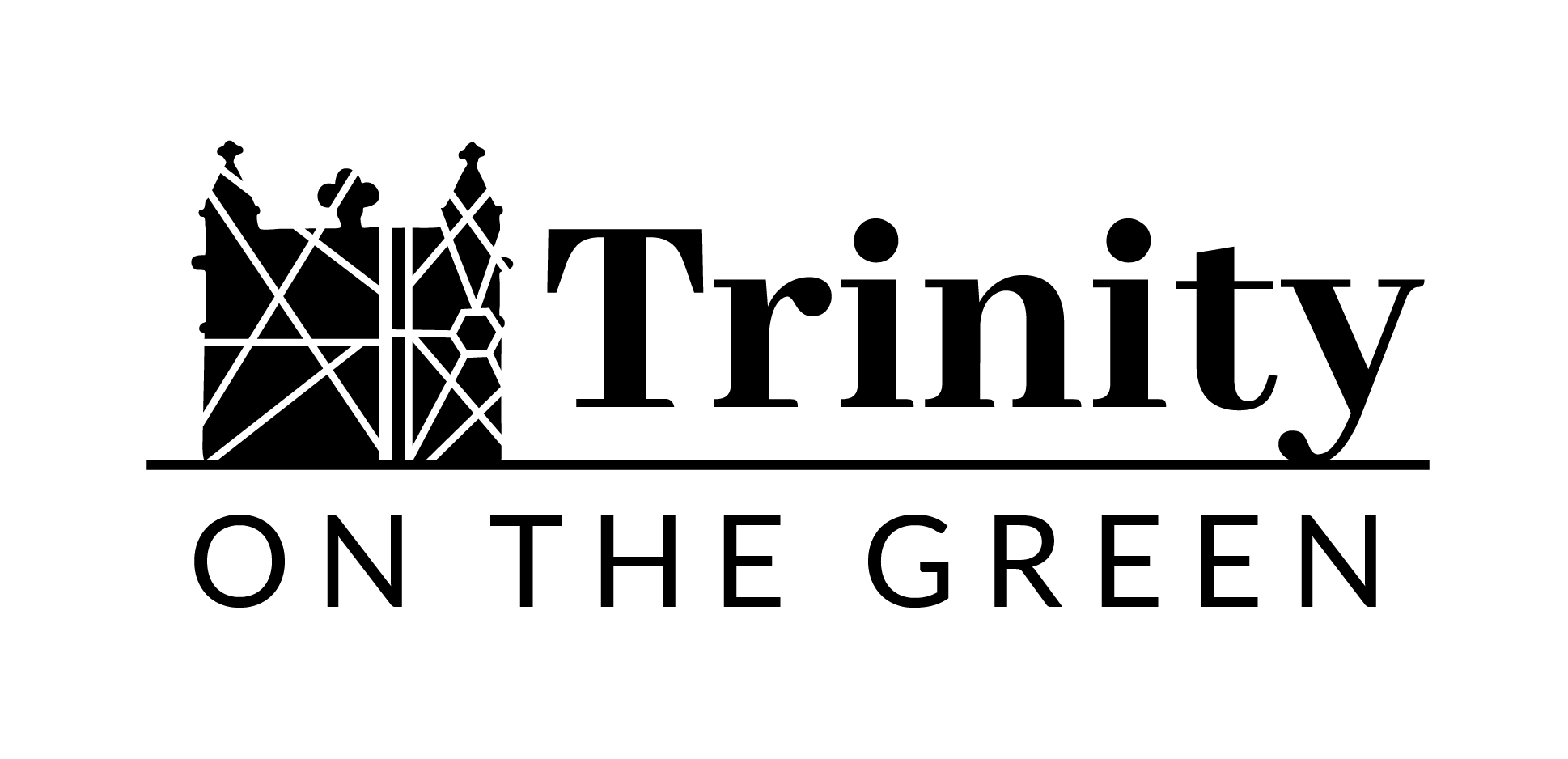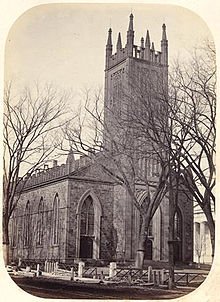Articles
Articles about Trinity Church, its people, places, ideas, and history, including links to the rich set of papers, printed sermons, and other documents that illuminate the rich history of one of the most culturally significant Episcopal churches in America.
Project Canterbury has collected and digitized many published many public domain texts, and has a section for Trinity Church New Haven. Many of the sermons and other documents are referenced in the Timeline above.
Some of the below articles are original contributions by Trinity Church History Mission’s group members, while others are links to various journal articles published over the years relating to Trinity Church.
Some of the files are in .pdf format and may take some time to load.
1. The First Years: from Missions to Revolution, a description of the missionary years, the building of the First Church, and Trinity during the Revolutionary War.
2. The Last Two Slaves sold in New Haven. They were Lois Tritten age 40 and her daughter Lucy Tritten age 16, and were sold to Anthony P. Sanford, a shareholder of Trinity, who quickly freed them.
3. The Reverend Harry Croswell, and Black Episcopalians in New Haven, 1820-1860, by Randall K. Burkett. Burkett is a noted Black History Scholar, and curator of African American collections at Emory University. This brilliant scholarly work used Harry Croswell’s diaries to give a unique widow into the complex issues of slavery in Trinity and in New Haven in the pre-Civil War period.
4. A Short History of the Organs and Music of Trinity Church, New Haven, Connecticut, Prepared for the 200th Anniversary of Trinity Church 1752-1952, By G. Huntington Byles, New Haven: no publisher, 1952. It is in two parts: The Music and the Choirs of Trinity Church
5. A History of Trinity Church, New Haven, by Frederick Croswell, esq. Read March 8, 1868. The paper was written by Judge Frederick Croswell, Rev. Harry Croswell's son; it covers the vexing issues of Trinity's decade long attempt to obtain a proper deed for the church, and ends in 1812 with the death of Rev.Bela Hubbard.
6. Amos-Doolittle-AN-OLD-NEW-HAVEN-ENGRAVER-AND-HIS-WORK-v1.pdf by Rev. William A. Beardsley, M.A. [Read December 19, 1910.] Amos Doolittle was an early republic copper engraver, silversmith, mapmaker, publisher, "tune book" printer, political cartoonist, founding member of the New Haven Mechanic Society, tax assessor, and brethren of the Masonic Fraternity, who is listed as author or illustrator of over 185 books, 100 Maps, 6 Musical scores, and other formats – with a total of 330 media listing him as “author”. But he is best known as “The Paul Revere of Connecticut”, as he was a silversmith who not only fought in the Revolutionary War, but engraved scenes from it on copper plates and printed them. He was a member of the famous Trinity Doolittle family, he was married in 1797 at Trinity Church to Phoebe Tuttle, just around the corner from his printing shop in New Haven.
7. Trinity Church Parish School and Home, from an article excerpted from the American Journal of Education, 1878. Henry Barnard was an American educational reformer, who lived and died in Hartford. It also contains a brief Consecration Sermon given at the dedication by Bishop John Williams Of Connecticut. The buildings were the gift of Mr. Joseph E. Sheffield, the principle donor of the School.
8. The Beginnings of the Episcopal Church in New Haven, by Rev. Dr. Edwin Harwood, 1895. It begins "ABOUT the year 1750, if a man of the world,--or, as he would have been called in those days, a man of wit and fashion,--had seen the little town of New Haven, and known anything of the tastes and the pursuits of its people, he would have described it as a well planned but thinly settled country village, the inhabitants of which were devoted to saving their own souls, to money making, and to perpetual quarreling with each other on topics of theological interest." He ends his history with the advent of Dr. Hubbard in 1767, and closes with the ecumenical observation that, “It is a matter of great joy to think that the old bitter theological and ecclesiastical passions are buried and gone. We are living in a better day.” The discourse was written ten years after a series of tragic events for Hardwood’s family, ending when his own daughter converted to Catholicism on the eve of her death from malaria, and was buried with both Roman Catholic and Episcopal ceremonies.
9. The Ministers of Trinity Church Parish, New Haven, Connecticut, by Neil C. Olsen, June 2015. The Article covers the list of all Anglican ministers that are known to have been responsible for the region covering the modern day parish of Trinity Church, New Haven, from the itinerant missionaries in 1705 to the installation of Rev. Dr. Luk De Volder as Rector in 2011.
10. Sketches of Church Life in Colonial Connecticut, Being the story of the transplanting of the Church of England into forty two parishes of Connecticut, with the assistance of the Society for the propagation of the gospel; written by members of the parishes in celebration of the 200th anniversary of the society, Edited by Lucy Cushing Jarvis, was written in 1902, and contains this section on Trinity Church, New Haven.
11. Why are we named Trinity? A speculation on why two churches/parishes were named Trinity in Connecticut in 1727 when the convention was to name any non-self-supporting parish "Christ Church", by Neil C. Olsen.







